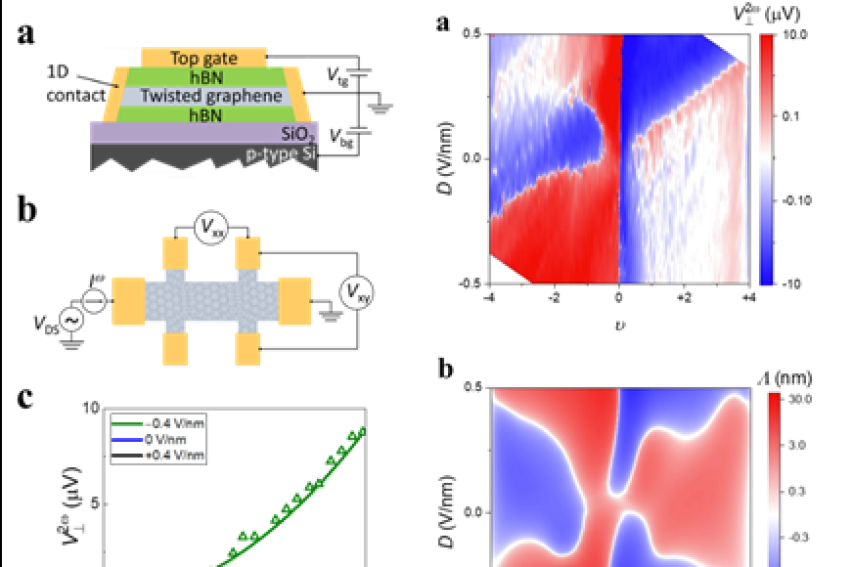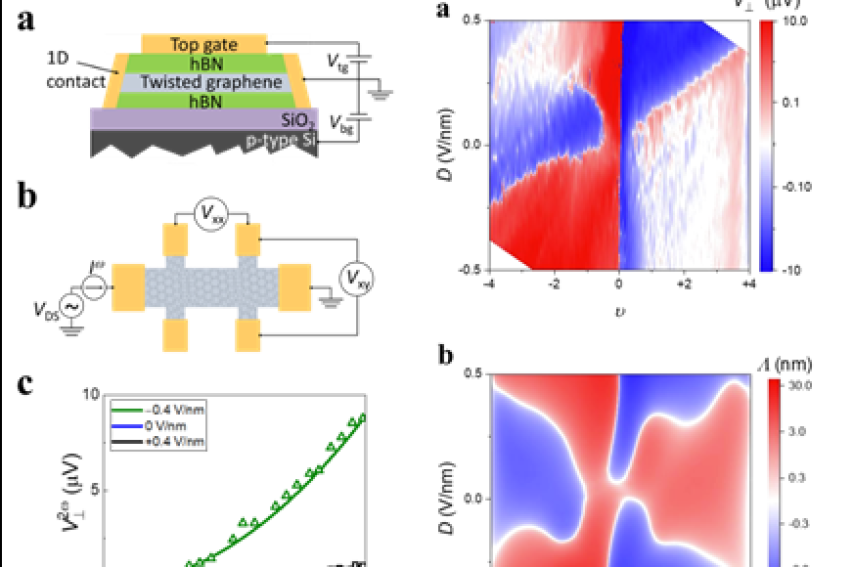Robotic Fish To The Rescue -
For Underwater Exploration, Search Missions
A robotic fish with wide-ranging functions from search and rescue to providing entertainment at an aquarium sounds like something too good to be true, right? But a group of young engineers at the University of Hong Kong (HKU) have made this unattainable dream come true.
SNAPP, the robotic fish, is the fruit of their meticulous research. The fish currently holds the Guinness World Record for the fastest 50m swim by a robotic fish in 22.92s or at 2.18 m/s (meters per second), which is faster than most Olympic swimmers. The robotic fish was invented by a student-staff team led by the Department of Mechanical Engineering and sponsored by the Tam Wing Fan Innovation Wing under HKU’s Faculty of Engineering.
Timothy Ng, the founder of the robotics team BREED, is a HKU mechanical engineering graduate. He is thrilled to see the team’s joint effort coming to fruition, reaching one milestone after another. Who could have guessed that the initial attempt to invent a fish that could beat top high-school swimmers later evolved into something that even beat Olympic champions?
In January 2020, the team first set the Guinness World Record for the fastest 50m swim by a robotic fish with 26.79s. When October rolled around, SNAPP made a new breakthrough. “We have surpassed most Olympic swimmers except Cesar Cielo, who swam 50 meters in 20.91 seconds,” said Timothy.
SNAPP is the fastest robotic fish to date, breaking the scientific boundaries known to mankind swimming at a speed of 2.18 m/s. There are other noteworthy fish robots too such as Harvard’s Tunabot, which swims at 1m/s. “By using flexible and soft methods in the tail design, we achieved our present record from the original 1.2m/s. This is the key to underwater propulsion,” explained Timothy.
What’s more, SNAPP is not merely a fast swimmer, but also optimal for an array of functions.
Environmentally-friendly perks –
Monitoring Water Quality and Sewage Condition
Professor Dennis Y.C. Leung, Head of the Department of Mechanical Engineering and an environmental specialist, said he was immensely pleased with the research output of the robotic fish project. He added that apart from breaking the Guinness record, which is, of course an astounding feat, the robotic fish could also bring about benefits particularly helpful in reinforcing environmental protection. It could, for example, monitor water quality and keep track of rubbish and oil spillage in seawater, among many other environmentally-friendly perks.
Close Resemblance to Real Fish & Minimal Underwater Noise Pollution
Although SNAPP is yet to match the swimming speed of natural fishes, which have undergone millions of years of optimization in an evolutionary process, it mimics the motion and profile of a real fish. Also, with its fish-like gait, the SNAPP barely produces any acoustic noise, keeping the underwater noise pollution to a minimal. Because of that, SNAPP is able to seamlessly blend in and adapt to the ocean environment without distressing the marine ecosystem.
Ideal Lifeguards
With its unparalleled underwater mobility, floating support and towing capability, the robotic fish can easily carry out rescue and search operations, making it the perfect lifeguard.
From what the World Health Organization has revealed, an estimated 320,000 deaths are caused by drowning each year. “The deaths of the professional divers in the Thai cave rescue operation years ago could have been avoided if SNAPP were available to them,” said Timothy.
With its slim profile and sleek design, SNAPP is perfect for both shallow and deep-sea operations. It is capable of moving through undersea rock formations and fitting through tight crevices. The current prototype allows it to accelerate up to a maximum speed within 0.5s, making sharp turns with its caudal fin, and swimming continuously for hours in a mix swimming mode fish on a 48V, 850 mAh battery.
Operating alongside an artificial intelligence-based vision system and other robotic technologies like aerial-drones, SNAPP offers unparalleled air and marine search-and-rescue efficiency and huge potential.
There are still much of the oceans that remains uncharted due to human limitations. But with the introduction of SNAPP, more of the formerly inaccessible territories could now be explored.
According to Dr Fu Zhang, the Assistant Professor of the Department of Mechanical Engineering who overlooks the SNAPP project and specializes in robotics, what SNAPP promises is a whole new level of ocean exploration that is guaranteed to provide insightful and significant research material. Imagine the kind of unseen species and unknown treasure we will discover with the help of SNAPP?
Furthermore, he remarked on how "new technologies can help protect the shorelines and public beaches from sharks, while policing water boundaries and defining territorial maps".
Already, the team is working on using SNAPP to address water pollution and to scout for underwater garbage patches. The fish can relay their location back to a much larger collector, be deployed to take water samples periodically in river basins, and to monitor the water quality specifically for microplastics.
SNAPP AS A “Pet” for Divers
"It can also be used as 'pet' for divers, carrying essential equipment and oxygen tanks for them," added Timothy. In case of divers getting caught in an underwater current, SNAPP can act as a lifeline for them too by pulling them away.
Something to think about -- Replacement for Aquarium Display Fish?
Whilst in discussion with several companies on utilising the search, rescue, and patrol function of SNAPP, Timothy is looking beyond the practicality of SNAPP. He proposes a fascinating idea on the nature of aquarium -- "Perhaps in the future, we would not need to keep real fishes captive for entertainment; robots can replace them instead".














